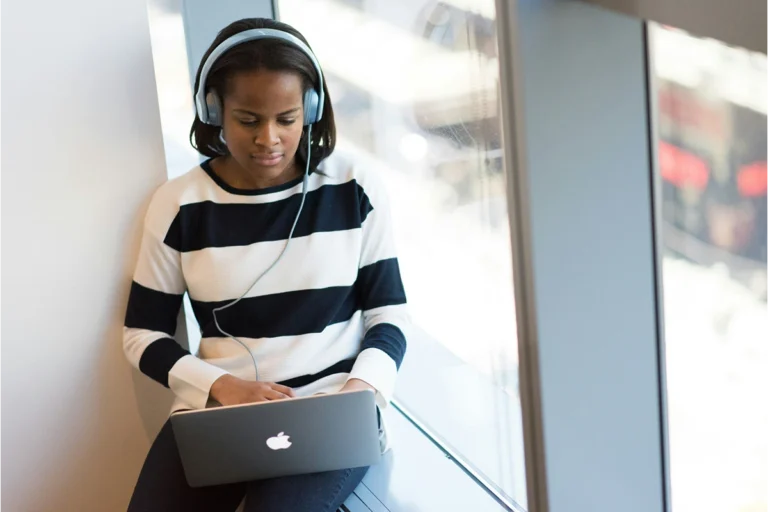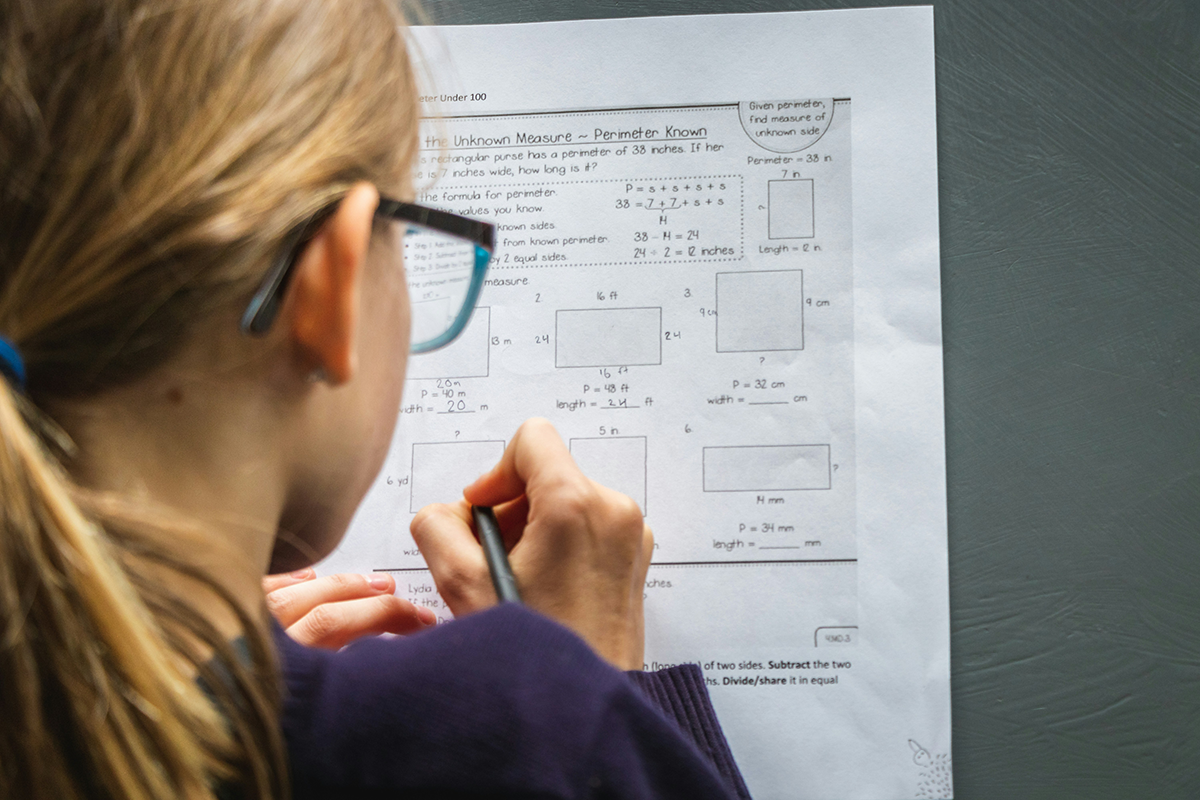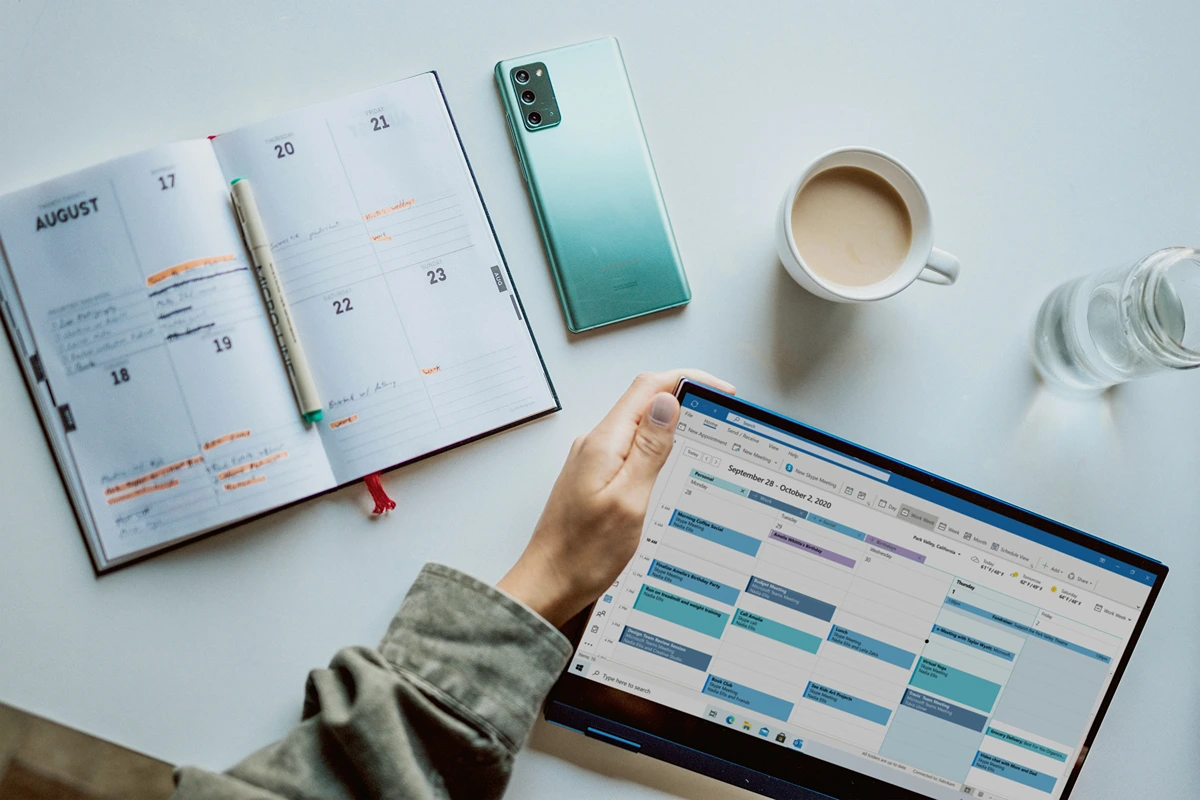Why focusing feels harder than ever
Our devices are engineered to demand attention, making deep work harder. Studies show problematic smartphone use is tied to poor sleep, higher fatigue, impaired cognition, and weaker academic performance (Yaakoubi et al., 2024). In classrooms, 80%+ of students report missing instructions because of digital distractions (McCoy, 2013). Social media multitasking compounds the issue, often leading to burnout (Feng et al., 2025).
Can sound actually help you focus?
Yes, when chosen carefully. The right sounds reduce environmental interruptions and create a cue for concentration. Many detox apps now include audio features to help set a focused atmosphere (Karlsen, 2023). With fewer distractions, students are more likely to reach flow; a state of full immersion in a task (Csikszentmihalyi, 1990).
Brown noise study music
Brown noise, with its deeper low-frequency rumble, can mask disruptive background sounds and help the brain relax into steady focus. It’s a useful first experiment if silence feels unsettling.
Pomodoro tracks
The Pomodoro method breaks study time into intervals (commonly 25 minutes of work + 5 minutes of rest). Pomodoro tracks provide audible cues to help you stay accountable to the cycle. This approach aligns with research on forming small, achievable habits that stick (Gardner et al., 2012; Clear, 2018).
The multitasking myth (and where podcasts belong)
Listening to podcasts or talk-heavy audio while studying isn’t true multitasking, it’s “dual language processing,” which splits attention and drains focus. Research confirms that language-heavy multitasking reduces efficiency and increases fatigue (Feng et al., 2025). Podcasts shine elsewhere: Use them during chores, walking, or downtime, not while wrestling with dense readings or essay drafts.
Run this 3-session self-test
Here’s a quick experiment:
- Choose one task type (e.g., reading chapters or solving problem sets).
- Do three sessions on three days:
- Session A: Silence.
- Session B: Instrumental or brown noise study music.
- Session C: Structured session with Pomodoro tracks.
- Keep everything else constant (same location, same phone settings).
- Track: work completed, focus (1–10 scale), mood pre/post.
- Decide: Which audio boosted both productivity and energy? Keep it in your toolkit.
Quick checklist
- Reading dense material? Silence or brown noise.
- Problem sets or coding? Instrumentals or brown noise.
- Writing/editing? Quieter noise, no sudden changes.
- Chores/commuting? Podcasts are fine.
- Still distracted? Shorten the session and mute notifications.
Key takeaways
- Targeted audio helps: Try focus playlists or brown noise study music.
- Structure is powerful: Pomodoro tracks prevent burnout.
- Podcasts ≠ focus aid: Save them for non-study activities.
- Experimentation matters: Simple self-tests reveal what works best for you.
References
- Clear, J. (2018). Atomic habits. Avery.
- Csikszentmihalyi, M. (1990). Flow: The psychology of optimal experience. Harper & Row.
- Doskaliuk, B. (2023). Digital Detox. Anti Aging East Eur, 2(4).
- Feng, T., et al. (2025). Social media addiction & burnout. Heliyon, 11(2).
- Gardner, B., Lally, P., & Wardle, J. (2012). Making health habitual. Health Psychology Review, 6(2).
- Hartmann, M. (2023). Routledge Handbook of Media and Technology Domestication. Routledge.
- McCoy, B. (2013). Digital distractions in the classroom. Faculty Publications.
- Yaakoubi, M., et al. (2024). Smartphone addiction & academic outcomes. School Mental Health, 16(4).
*Disclaimer: Offline Now offers educational coaching tips, not medical or therapeutic advice; please consult a qualified health professional for personal, clinical or health concerns.*



